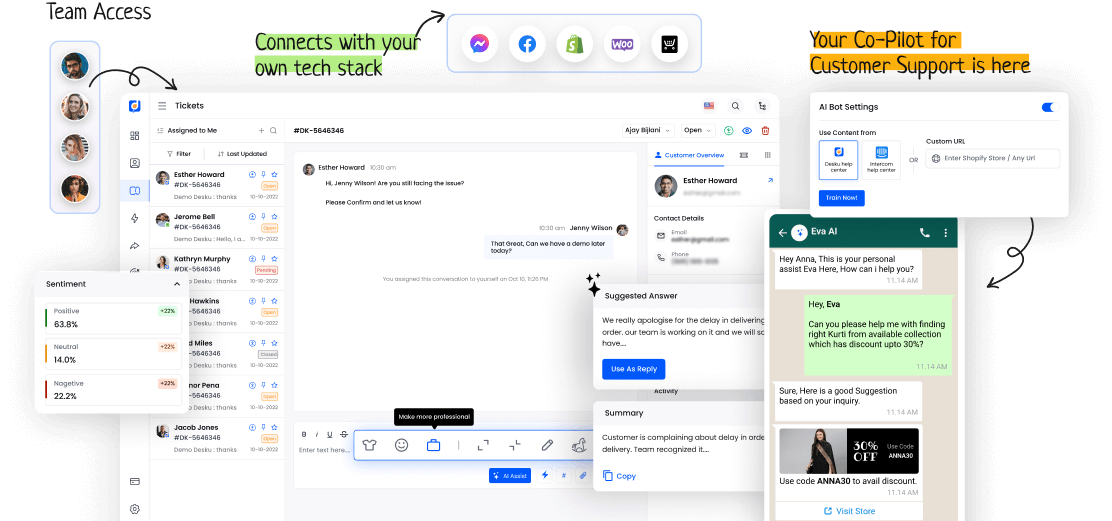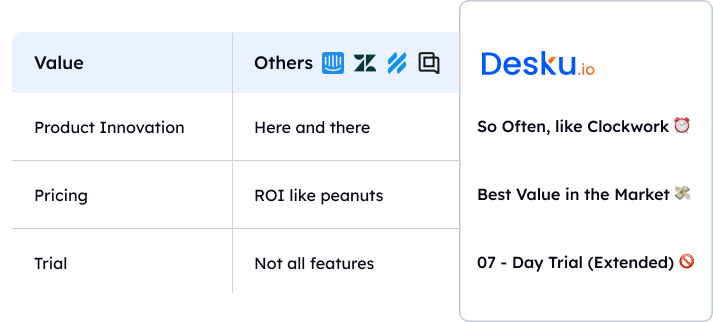Businesses face a changing world of technology. Scenario automation is a key tool in this change. It's the planned control of task sequences using technology. It offers gains in speed and accuracy in many workflows. Yet, to grasp scenario automation's impact, we must look at its many benefits.
We also need to understand the smart ways to implement it. Learn how scenario automation changes old processes and boosts performance in all industries.
I. Definition of Scenario Automation
Scenario automation uses technology to streamline and execute set sequences of actions or events. This process uses technology to improve workflows and lessen human involvement.
Scenario automation sets up exact parameters. This allows tasks to be done efficiently and accurately. It's a useful tool for increasing productivity and making sure processes stay consistent.
II. Importance and Benefits of Scenario Automation
Automation is key for businesses wanting to boost efficiency and consistency. Scenario automation boosts efficiency and saves money. It does this by automating repeat tasks and making workflows standard. This helps companies to cut down operations, make fewer mistakes, and use resources better. The result is better performance and a stronger position in the market.
| Benefits of Scenario Automation | |
|---|---|
| Better Efficiency | Saves Money |
| Operations are Cut Down | Fewer Mistakes |
III. Implementing Scenario Automation in Business
In business, adding automation needs careful planning and smart action. The main goals are to boost efficiency and precision through scenario automation. It makes repetitive tasks smooth and cuts down mistakes made by humans.
This way, companies can better their operations and serve their customers well. Using automation tools can greatly improve productivity and performance.











